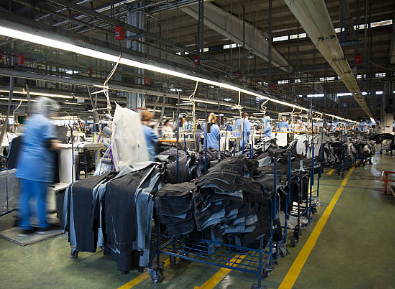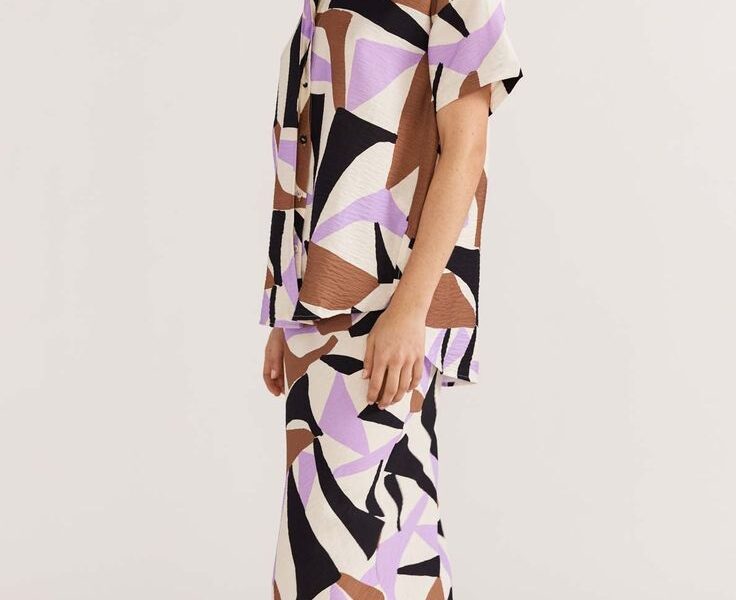The business and industry of fashion represent one of the most complex and influential sectors in the global economy. It is an ecosystem where creativity meets commerce, encompassing design, manufacturing, marketing, and retail. Fashion is not just about style—it’s about strategy, innovation, and cultural influence. From luxury fashion houses crafting couture pieces to mass-market brands producing accessible trends, this industry caters to every demographic and economic tier.
At its core, the fashion industry thrives on constant renewal. Each season introduces new ideas, silhouettes, and materials that keep consumers engaged. Fashion capitals such as Paris, Milan, London, and New York set global standards, while emerging markets like Seoul, Lagos, and Mumbai are redefining the scene with digital innovation and cultural diversity. The balance between artistic vision and financial viability determines a brand’s longevity and influence.
Technology has revolutionized every layer of the fashion business. Artificial intelligence, augmented reality, and data analytics now shape product development, marketing strategies, and customer experiences. Online platforms and e-commerce have democratized fashion, allowing consumers to access global trends instantly. Yet, this rapid growth also brings challenges—ethical labor issues, environmental impact, and market oversaturation.
Today’s fashion industry is undergoing a major transformation toward sustainability, inclusivity, and transparency. Consumers are increasingly valuing authenticity over excess, pushing brands to be socially responsible. The future of fashion business depends on innovation that respects both people and the planet. Those brands that adapt, embracing ethical practices and digital evolution, will define the next era of global fashion.
Fast Fashion vs. Sustainable Fashion
Fast fashion and sustainable fashion represent two opposing forces shaping the modern fashion landscape. Fast fashion focuses on producing affordable, trend-driven clothing at high speed, appealing to mass consumers who desire constant variety. Brands like Zara, H&M, and Shein exemplify this model, using rapid design-to-shelf cycles and low-cost manufacturing to deliver runway-inspired looks in record time. However, this convenience comes at a significant environmental and ethical cost—massive textile waste, pollution, and exploitative labor conditions.
In contrast, sustainable fashion advocates for mindful production, ethical sourcing, and longevity. It emphasizes quality over quantity and encourages consumers to buy less but better. Sustainable brands prioritize organic materials, fair trade practices, and recycling initiatives to reduce fashion’s carbon footprint. The movement also promotes transparency, allowing customers to understand where and how their clothes are made.
The clash between these two models reflects a broader cultural debate about responsibility and consumption. While fast fashion thrives on instant gratification, sustainable fashion promotes awareness and accountability. Consumers are increasingly demanding eco-friendly options, pushing even major fast-fashion retailers to adopt “green” collections and circular practices.
Ultimately, the future of fashion lies in balance. Complete elimination of fast fashion is unlikely, but integrating sustainability within its framework is essential. As technology advances, innovations like biodegradable fabrics, digital fashion, and ethical AI-driven supply chains will bridge the gap between accessibility and responsibility. The industry’s survival depends on rethinking its values—transforming fashion from disposable to durable, from exploitative to ethical, and from fast-paced to future-conscious.
The Impact of Social Media and Influencers
Social media has completely transformed the fashion industry, revolutionizing how trends are created, shared, and consumed. Platforms like Instagram, TikTok, and YouTube have democratized fashion by allowing anyone—not just celebrities or models—to become a trendsetter. Influencers and content creators now hold immense power, shaping public perception, boosting brand visibility, and even directing global fashion trends.
Before social media, fashion communication flowed from designers to consumers through magazines and runway shows. Today, the flow is reversed and continuous. A viral TikTok trend or influencer outfit can spark global demand overnight, forcing brands to adapt rapidly. This new digital ecosystem values authenticity, creativity, and engagement over traditional advertising. Micro-influencers, with smaller but more loyal followings, often outperform big-name endorsements due to their relatability and trust factor.
Brands have leveraged social media not just for promotion but also for storytelling. Behind-the-scenes content, live fashion shows, and real-time customer interaction have blurred the line between business and community. Data analytics further enable brands to track engagement and predict future trends, making marketing more personalized and effective.
However, this digital revolution also has downsides. The pressure for constant content can promote overconsumption and unsustainable fashion cycles. Moreover, the influence economy often blurs authenticity, as sponsored content dominates feeds. Despite these challenges, social media remains the heartbeat of modern fashion communication. It gives voice to independent designers, promotes diversity, and connects consumers directly to their favorite brands. In the future, the partnership between fashion and social media will continue to evolve—driven by creativity, technology, and the ever-changing digital culture.


